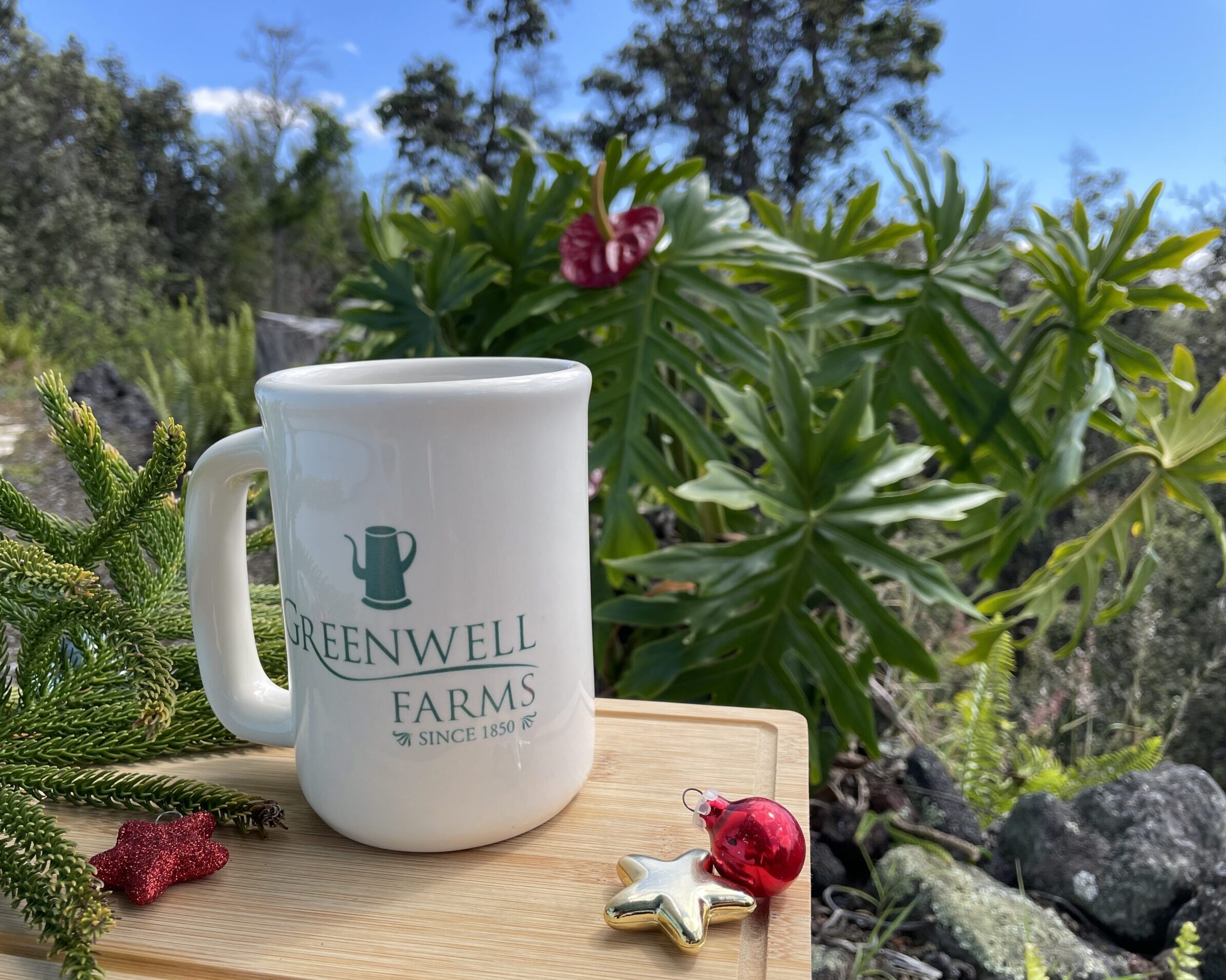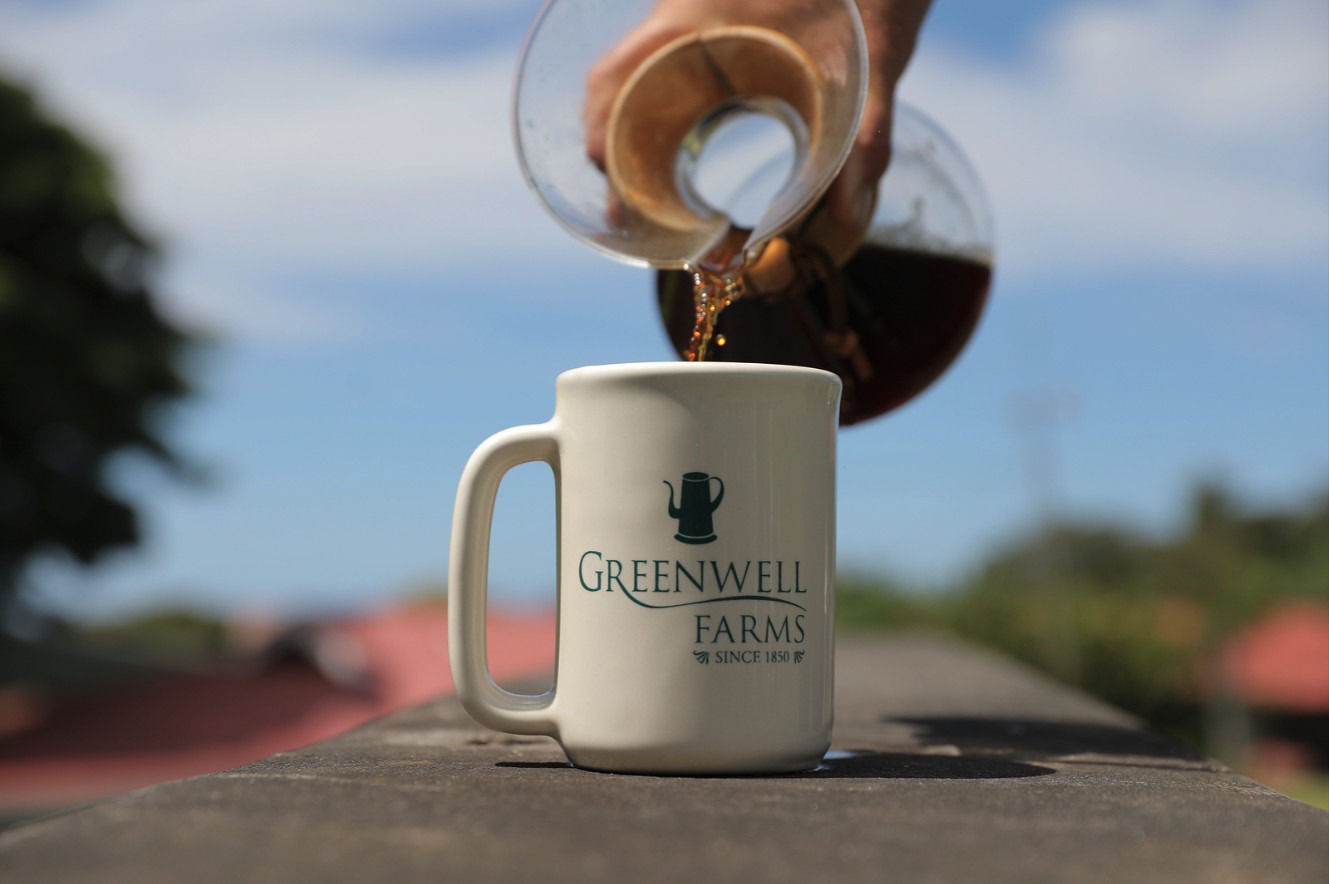Whole Bean Vs. Ground Coffee
On an almost daily basis, we are asked if it is better to buy coffee in the whole bean or in ground form. Seemingly, it is a simple question but complexities do arise. Let’s take a quick look at some things to consider when choosing a whole bean or ground coffee and see if that helps with your decision.
The Case for Ground Coffee over Whole Bean
Unlike many “experts” out there I don’t universally assume that pre-ground coffee is stale or not worthy of your time and that whole bean coffee is the end-all. There are several scenarios where ground coffee makes good sense. Keep in mind that at Greenwell Farms, when we sell a bag of coffee, I know it has been roasted and packed within the last week. I know it is in an airtight bag with a one-way valve to release carbon dioxide.
If we were talking about coffee that I wasn’t sure when it was roasted or how long it sat in the stock room then many of my points would change.
1. Convenience
Many of our customers are traveling, staying at a hotel or condo, and want to enjoy 100% Kona Coffee during their vacation. In this case, ground coffee is convenient, eliminates the need to grind, and will be consumed within the week. No problems whatsoever.
Once they return home, many guests have indicated that they are tired in the morning, have a lot to do, and love the ability to scoop grounds into their coffee maker. Each step they can eliminate makes their morning easier. That includes the occasional cleaning of the grinder itself.
2. Lack of Space
I hadn’t really considered this before, but in a recent conversation, a young lady told me her studio apartment had a kitchen counter the size of a small desk, and there was no room for extra “appliances” like coffee grinders. Grounds were just fine with her.
3. Presumed Lack of Skill
Although I believe anyone can learn to grind coffee well in a short time, my mother always bought ground because she believed she would ruin the coffee by grinding it wrong. At the time I didn’t have the experience to argue the point. She believed that the “all-purpose” grind was the perfect match for her Mr. Coffee and when she received coffee beans as a gift it always stressed her out and she wasn’t confident to grind them correctly. Whether you agree with her assessment or not, her preference was always pre-ground beans.
My mother also said she could not tell the difference between “good” and “bad” coffee. Coffee is coffee. (Or is it?)
4. Gifting
At our shop in Kona, many of our guests are buying coffee as a present for the family or friends. Sometimes they simply don’t know if their recipients have grinders or prefer to grind. In that case, pre-ground coffee is always a safe buy.
5. Flavored coffee
No matter your opinion on flavored coffee, it is here to stay. Many Americans simply “love” their coffee enhanced with a variety of flavor additives. In the process of making flavored coffees, oil-infused syrups are mixed with the roasted beans. The flavor is in the oils but the syrup acts as a binding agent. If you put whole bean flavored coffee in your grinder, over time it will gum up the blades. It will also scent the grinder and can impart fragrance to subsequent non-flavored coffee used in the same grinder.
So, if any of these apply to you, buy grounds with confidence. Just remember, as I said at the beginning, to make sure you have a fresh roast and that the coffee is well sealed.
The Case for Whole Beans over Ground Coffee
Coffee nerds around the world will passionately tell you that you are cheating yourself of amazing flavors if you are not grinding your own beans prior to brewing. There is a strong case to support that, but let’s look at why Whole Bean coffee is so appealing to the coffee aficionado.
1. Freshness
As the center of the bean is not exposed to air, (which interacts with coffee oils and evaporates some subtle flavor) Whole Beans when freshly ground release a burst of inner flavor compounds which can then be extracted immediately for a more nuanced cup. Side by side comparison both personally and by coffee experts (via YouTube) confirm that many of the more delicate flavors are not present when the grounds have been exposed to air for as little as 30 minutes.
2. Flexibility
Once you get into coffee, you begin to explore the different extraction methods. Each method calls for a slightly different size of the grind. Therefore, buying whole bean allows you to grind your coffee to the specified size. For example:
Espresso and Turkish Coffee calls for a very fine grind.
A Moka Pot calls for a fine grind.
Drip makers and Pour Over systems usually require fine to medium-fine.
(All Purpose grind)
AeroPress, French Press, and Cold Brews usually need a coarser grind.
3. Flavor Control
If you are trying different types of coffee from all over, and want to dial in the flavors, grind size can also act as a control mechanism for developing flavors. Generally speaking, the smaller the grind size, the quicker the coffee flavors extract. This means that if you feel your coffee is too bitter, you can slow down some of the bitterness extracting into your cup by using a coarser grind.
Conversely, if your coffee seems too sour, it may be a sign of under extraction, and using a finer grind may help coax out some of the sweetness. Having control over the grind lets you make slight variations to experiment with the results.
4. The Ritual
In the same way that many prefer convenience, there are others who prefer the ritual. The sensual routine of opening the bag and catching a whiff of whole bean coffee. Pouring it into the grinder and watching it reduce to the desired size. Putting those fresh aromatic grounds into the device and watching it evolve into amazing coffee.
For the initiated, that ritual is part of the enjoyment of the cup, not a maze that must be navigated to get there.
5. Examining the Quality of Bean
This may seem like an over-reach to those that just want a nice cup of coffee but coffee lovers can tell a lot about coffee by looking at the beans. If you bought Peaberry already ground, how would you know it was Peaberry?
When I get beans from other farms, I instantly look for size, uniformity of roast, if defects are present and overall quality. Roasters have an approximate definition of what is a light, medium, or dark roast but not an exact one. Looking at the roast level allows me to understand the roaster’s definition and if it is similar or different to my own.
All in all, my golden rule for coffee is, “Enjoy it in whatever way makes you happy.” I have tried to lay out some of the reasons that people choose ground or whole bean coffee without bias. (Although you can probably tell that I fall into the Whole Bean camp.) In the end, you have to do what works for you and I hope this helps with your decision-making process.

Matt Carter is a retired teacher (1989-2018), part-time musician, farmer, and currently manages Greenwell Farm’s Tour and Retail Store Operations.






